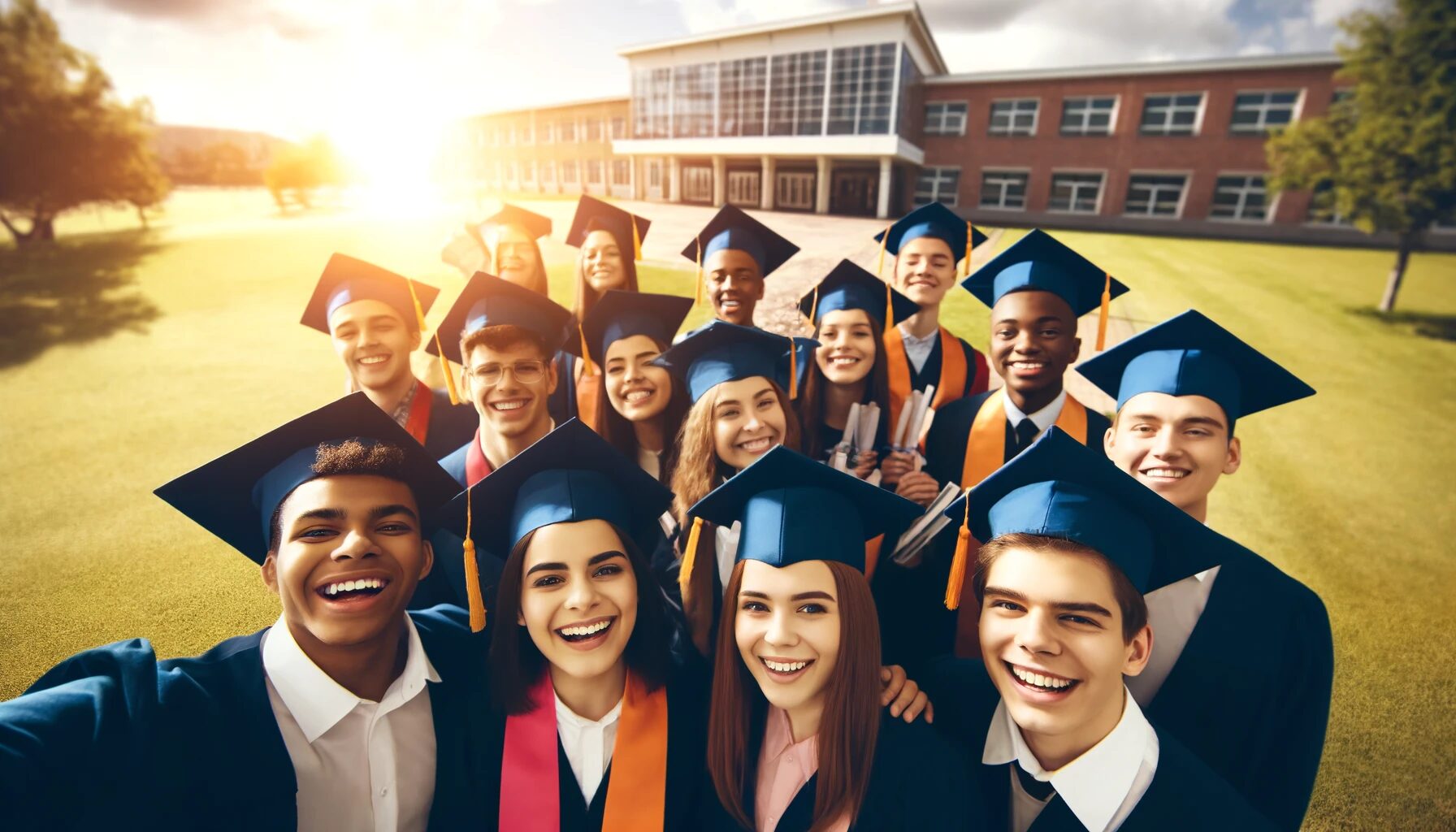High school graduation is a critical milestone that significantly impacts an individual’s future opportunities and overall well-being. Despite its importance, many students face challenges that prevent them from reaching this goal. Increasing high school graduation rates requires a multifaceted approach that addresses academic, social, and emotional needs. This article explores effective strategies to improve graduation rates and provides resources for further support.
Understanding the Challenge
High school dropout rates remain a pressing issue. According to the National Center for Education Statistics, the overall high school graduation rate in the United States was about 86% in the 2018-2019 school year. However, disparities persist among different demographic groups. For instance, students from low-income families, minorities, and those with disabilities are at a higher risk of dropping out.
Key Strategies to Increase Graduation Rates
- Early Intervention and Support
Early identification of at-risk students is crucial. Schools can implement early warning systems that monitor attendance, behavior, and grades to identify students who may need additional support. Interventions such as tutoring, mentoring, and counseling can be tailored to address specific needs. Programs like Check & Connect, which pairs students with mentors, have shown success in keeping students engaged and on track to graduate. - Parental and Community Involvement
Engaging parents and the community in students’ education creates a supportive network. Schools can host regular parent-teacher conferences, workshops, and community events to foster collaboration. Community organizations can provide resources such as after-school programs, internships, and volunteer opportunities, enriching students’ educational experiences and keeping them connected. - Personalized Learning Plans
Recognizing that each student has unique needs, strengths, and interests, personalized learning plans can be an effective strategy. These plans involve setting individual goals, providing tailored instruction, and regularly reviewing progress. Schools like Summit Public Schools have successfully implemented personalized learning models, resulting in higher graduation rates and improved student outcomes. - Alternative Education Programs
For some students, traditional high school settings may not be conducive to their success. Alternative education programs offer different pathways to graduation, such as online learning, evening classes, or vocational training. Schools like Big Picture Learning focus on individualized, real-world learning experiences that cater to students’ interests and career aspirations, helping them stay engaged and motivated. - Social and Emotional Learning (SEL)
SEL programs teach students essential skills such as self-awareness, self-management, social awareness, relationship-building, and responsible decision-making. These skills are vital for academic success and personal development. Implementing SEL curricula, like those from CASEL, can create a positive school environment that supports students’ emotional and mental health. - Reducing Chronic Absenteeism
Regular attendance is closely linked to academic success and graduation rates. Schools can address chronic absenteeism by identifying its root causes, which may include health issues, family responsibilities, or transportation problems. Solutions may involve providing health services, flexible scheduling, or transportation assistance. Programs like Attendance Works offer resources and strategies to improve attendance and reduce absenteeism. - Career and Technical Education (CTE)
CTE programs provide students with practical skills and knowledge relevant to various careers. By integrating academic learning with hands-on experience, CTE programs can increase student engagement and motivation. Schools partnering with local businesses and industries for internships and apprenticeships offer students valuable real-world experiences that can lead to both graduation and employment opportunities. - School Climate and Culture
A positive school climate, where students feel safe, supported, and valued, is essential for academic success. Schools can promote a positive environment by implementing anti-bullying policies, fostering inclusivity, and encouraging student voice and leadership. The National School Climate Center offers tools and resources to help schools assess and improve their climate.
Resources for Further Support
- National Dropout Prevention Center: This center provides research and resources to help schools and communities reduce dropout rates and improve graduation rates.
- Edutopia: Offers articles, videos, and resources on innovative teaching strategies and programs that support student success.
- Attendance Works: Focuses on improving school attendance through evidence-based practices and policies.
- CASEL: Provides resources and guidance on implementing social and emotional learning in schools.
- Big Picture Learning: Advocates for personalized and real-world learning experiences for students.
Conclusion
Increasing high school graduation rates is a complex but achievable goal. By implementing comprehensive strategies that address students’ diverse needs, schools can create an environment where all students have the opportunity to succeed. This effort includes early intervention, personalized learning, community involvement, alternative education, SEL programs, attendance improvement, CTE, and a positive school climate. Together, educators, parents, and communities can work towards ensuring that every student reaches this important milestone.
By leveraging these approaches and resources, we can make significant strides in increasing high school graduation rates and securing a brighter future for all students.

Leave a Reply
You must be logged in to post a comment.